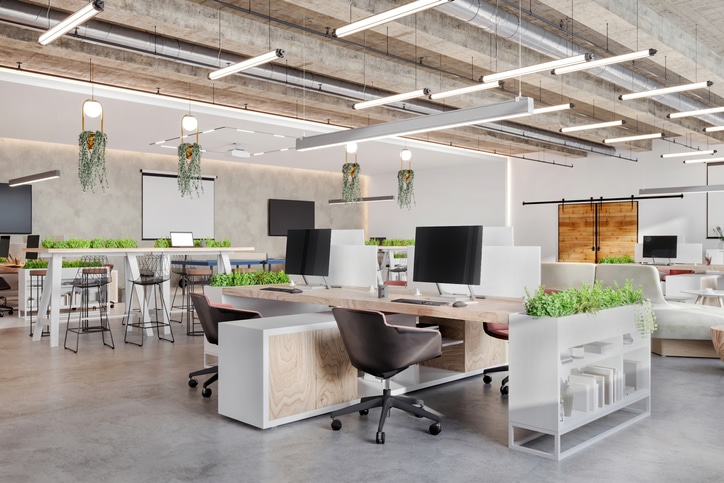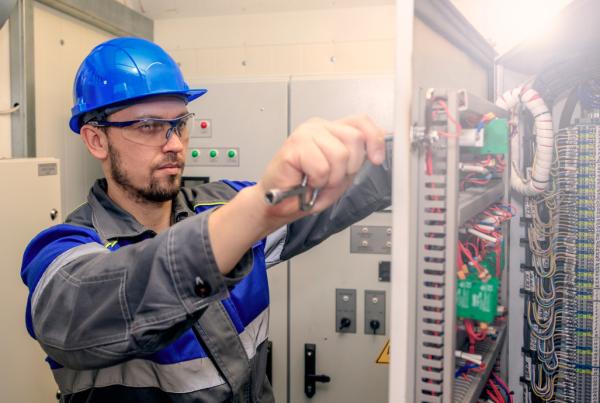One of the big expenses for commercial high-rises, airports, laboratories, hospitals, or other large buildings is lighting. And in many instances, these buildings contain antiquated lighting systems put in place when they were constructed, resulting in higher electrical costs and poor energy management.
Commercial lighting systems should be retrofitted after every 50,000 hours (5.5 years) to eliminate this issue and minimize or prevent potential fire damage. To manage energy better and reduce electric bills, we’re sharing a quick overview of the key factors to consider when updating with an energy-efficient lighting system retrofit.
Ensuring Efficient Lighting System Retrofits
Code IECC 2021
IECC 2021 compliance presents the latest recommendations and compliance requirements that focus on energy management through power consumption, costs, and its impact on the environment. As far as lighting retrofits are concerned, there are three major considerations to keep in mind:
- Installing newer LED lighting to lower the lighting power density by 4% to 24%.
- Every 600 sq. ft. of office space should be controlled separately. More zones mean less stress on each system.
- Sensors should be installed to control lighting in a space. In this regard, time clocks aren’t the most preferred method.
Reducing Power Density
Lowering lighting power density means reducing the wattage per square foot of your commercial building. However, you will also need to maintain the same light output as the previous system. With the IECC 2018 recommendations, power density was reduced by replacing fluorescent or incandescent light bulbs with LED lights. However, for the 2021 recommendations, another density change would be hard as LEDs are still the preferred lighting method.
With that in mind, engineers and designers are using dimmers with LED lights to maintain the same level of lighting when needed and dimming them as soon as sensors don’t find anyone in their range.
The goal now is lumen efficiency, i.e., dispersing the lighting fixtures in such a way that it allows the light levels to be maintained easily, while at the same time staying as far apart as possible. AGi32 is a great simulation tool for engineers to find the perfect placement and manage lumen output accordingly.
Lighting System Flexibility
Engineers should remember to design lighting systems for tomorrow, not just for today. The facility should keep in mind upcoming regulations and their impact on the company. For example, when moving from IECC 2018 to IECC 2021, the zone size may shrink. The next code may shrink it even further.
Engineers can keep upcoming regulations, ease of lighting retrofit, and energy management in mind when designing lighting systems.
As newer codes come to light, the standards of energy efficiency also increase. Engineers need to stay updated and design lighting structures and retrofits accordingly. If you would like help redesigning your electrical system or need help with an energy-efficient retrofit, Skyline Electric engineers are here to help you ensure safety and efficiency. Give us a call, and schedule a strategy session today!




